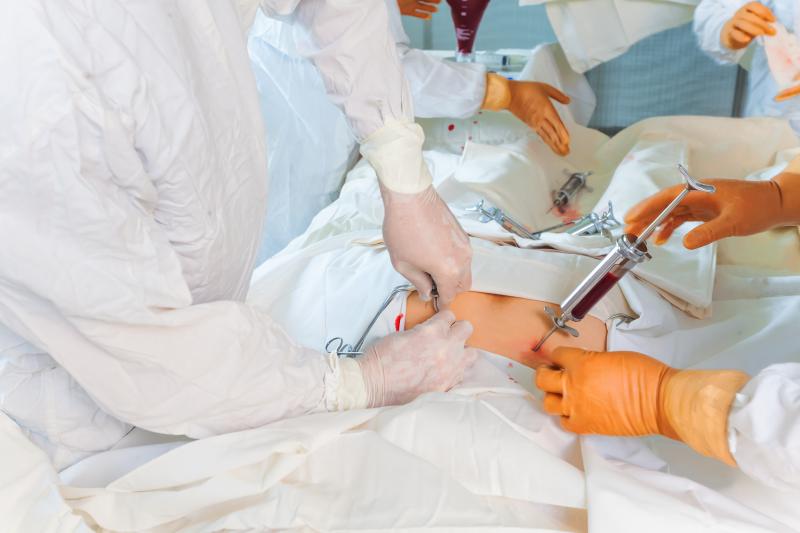 Currently, many opt to stay in the hospital as the insurance only covers inpatient bone marrow transplants, although admittedly that is the costlier choice.
Currently, many opt to stay in the hospital as the insurance only covers inpatient bone marrow transplants, although admittedly that is the costlier choice.A recent study has shown the safety and effectiveness of post-transplant cyclophosphamide (PTCy)-based nonmyeloablative allogeneic bone marrow transplantation (BMT) in patients with nonmalignant haematologic diseases.
Nine patients treated between 2013 and 2019 were included in this single-centre retrospective series of allogeneic BMT with the use of PTCy in the setting of nonmalignant haematological conditions. Nonmyeloablative conditioning consisted of the following: antihymocyte globulin, fludarabine, low-dose cyclophosphamide and total body irradiation (200 cGy) followed by allogeneic bone marrow infusion.
PTCy, tacrolimus and mycophenolate mofetil were used as prophylaxis for post-BMT graft versus host disease (GVHD).
All nine patients were alive at a median follow-up of 2 years (range, 4–63 months), with donor-derived haematopoiesis and free of significant acute or chronic GVHD. Donors were as follows: haploidentical (n=6), fully matched unrelated (n=2) and fully matched sibling (n=1).
After transplantation, neutrophil and platelet engraftment occurred at a median of 21 and 33 days, respectively. Three patients (33 percent) presented with stage 1–2 acute skin GVHD. Cases of chronic GVHD occurred in three patients (33 percent) with ocular disease (two mild, one moderate).
In addition, none of the patients required systemic immunosuppression beyond months after BMT.
“PTCy-based nonmyeloablative allogeneic BMT is safe and effective for nonmalignant hematologic conditions and should be prospectively compared with historical regimens,” the authors said.